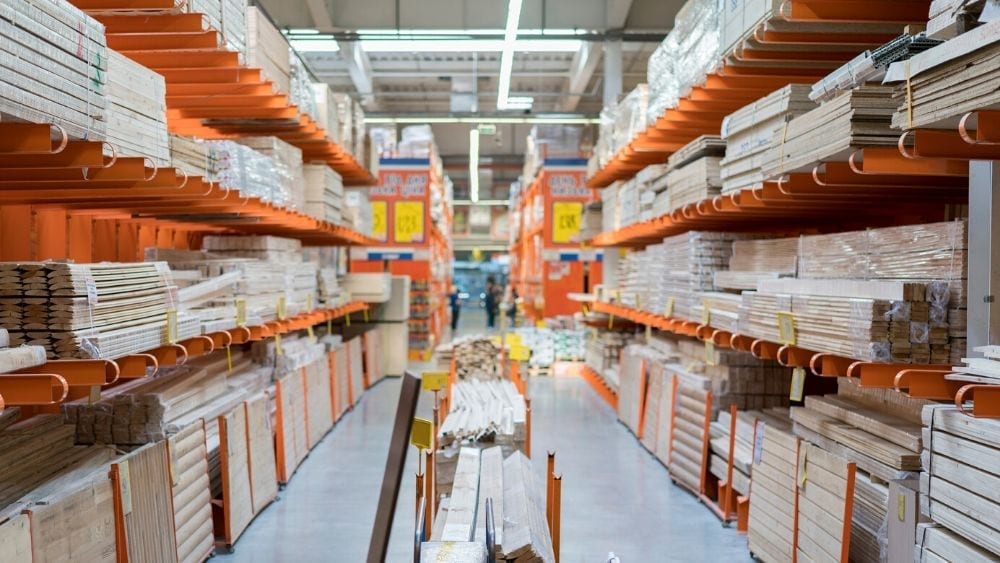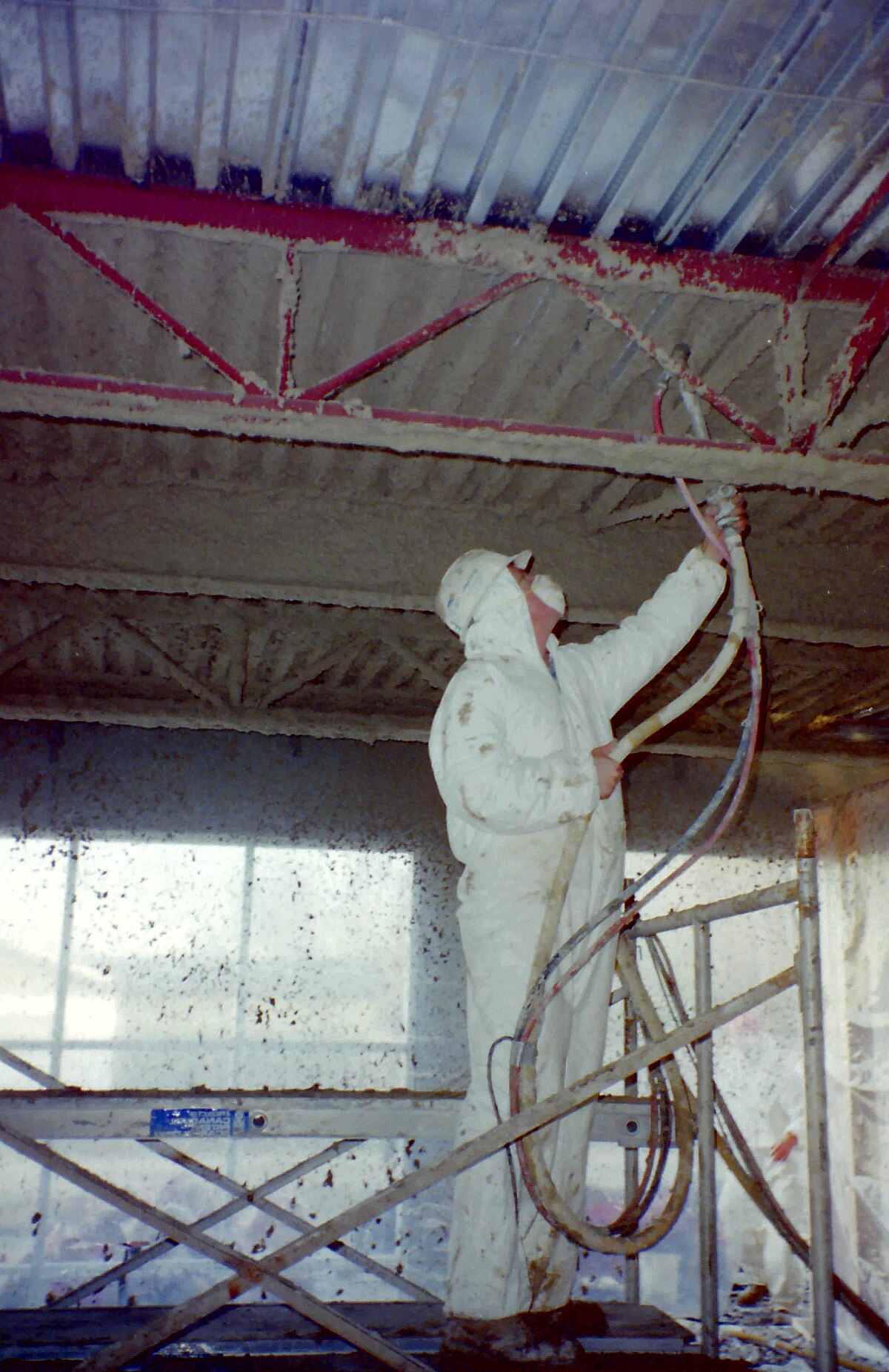In the realm of modern architecture, the transparent façade has emerged as a hallmark of innovation, blending aesthetics with functionality. As urban landscapes evolve, the demand for structures that harmonize with their surroundings while maximizing natural light has surged. But what materials are used to create these striking transparent façades? This article delves into the various materials employed in transparent façades, their benefits, and the latest advancements in this dynamic field.
Understanding Transparent Façades
A transparent façade is essentially a building envelope that allows for visibility and light penetration while maintaining structural integrity and energy efficiency. These façades can be composed of various materials, each offering unique properties that cater to specific architectural needs. The most common materials include glass, polycarbonate, and advanced composites, each contributing to the overall performance and aesthetic appeal of the structure.
- Glass: The Classic Choice
Types of Glass Used in Transparent Façades
- Tempered Glass: Known for its strength and safety, tempered glass is heat-treated to withstand thermal stress. It is often used in high-rise buildings due to its ability to resist breakage.
- Laminated Glass: This type consists of multiple layers of glass bonded together with a plastic interlayer. It provides enhanced safety and sound insulation, making it ideal for urban environments.
- Low-E Glass: Low-emissivity (Low-E) glass is coated with a thin layer of metallic oxide, which reflects infrared light while allowing visible light to pass through. This property enhances energy efficiency by reducing heat transfer.
Benefits of Glass Façades
- Aesthetic Appeal: Glass façades offer a sleek, modern look that can enhance the visual appeal of any building.
- Natural Light: They maximize daylight penetration, reducing the need for artificial lighting and creating a more pleasant indoor environment.
- Energy Efficiency: With advancements in glazing technology, modern glass façades can significantly reduce energy consumption by improving insulation and minimizing heat loss.
- Polycarbonate: The Versatile Alternative
Polycarbonate is a thermoplastic material known for its durability and lightweight properties. It is increasingly being used in transparent façades due to its unique advantages.
Advantages of Polycarbonate Façades
- Impact Resistance: Polycarbonate is highly resistant to impact, making it an ideal choice for areas prone to vandalism or extreme weather conditions.
- UV Protection: Many polycarbonate products come with UV filters that protect interior spaces from harmful ultraviolet rays, preserving furnishings and reducing glare.
- Design Flexibility: Polycarbonate can be molded into various shapes and sizes, allowing architects to experiment with innovative designs that would be challenging with traditional materials.
- Advanced Composites: The Future of Façade Technology
As technology advances, new materials are emerging that combine the best properties of glass and polycarbonate. Advanced composites, such as fiber-reinforced polymers (FRP), are gaining traction in the construction industry.
Key Features of Advanced Composites
- Lightweight and Strong: These materials offer exceptional strength-to-weight ratios, making them ideal for large-scale applications without compromising structural integrity.
- Thermal Insulation: Advanced composites can provide superior thermal insulation compared to traditional materials, contributing to energy-efficient building designs.
- Sustainability: Many composite materials are designed with sustainability in mind, utilizing recycled content and offering longer lifespans, which reduces the environmental impact.
Innovations in Transparent Façade Technology
The evolution of transparent façades is not limited to material selection; it also encompasses technological advancements that enhance their performance. Some notable innovations include:
- Smart Glass: This technology allows glass to change its opacity in response to environmental conditions, providing privacy and reducing solar heat gain when needed.
- Integrated Solar Panels: Transparent photovoltaic panels can be incorporated into façades, allowing buildings to generate renewable energy while maintaining their aesthetic appeal.
- Dynamic Facades: These façades can adapt to changing weather conditions, optimizing energy efficiency and occupant comfort through automated shading and ventilation systems.
Conclusion
The choice of material for transparent façades is pivotal in achieving a balance between aesthetics, functionality, and sustainability. Glass remains the traditional choice, while polycarbonate and advanced composites are paving the way for innovative designs that meet modern architectural demands. As technology continues to evolve, the future of transparent façades promises even greater possibilities, enhancing the way we interact with our built environment. By understanding the materials and innovations available, architects and builders can create stunning structures that not only captivate the eye but also contribute to a more sustainable future.


